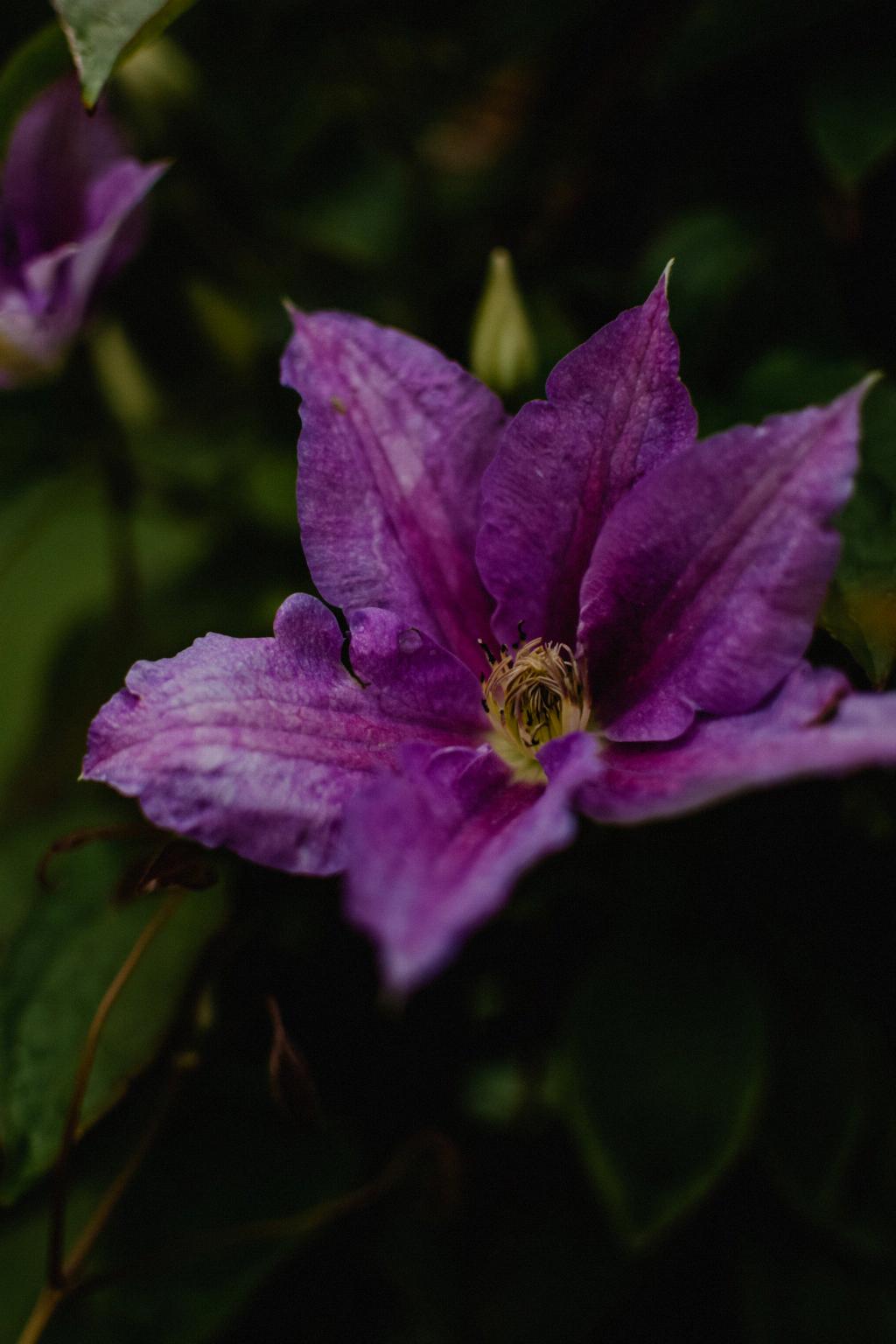When you notice your beloved clematis plant struggling or even dying, it can be a cause for concern. Clematis, with its striking flowers and elegant climbing habit, is a popular choice for many gardeners. However, various factors can contribute to the decline of your clematis’s health, leading to wilting and eventual demise if left unaddressed.
One primary reason that may be causing your clematis to suffer is unsuitable growing conditions. This includes having soil that is too hot and dry, which can stress the plant and inhibit its ability to thrive. Clematis plants thrive in well-draining, moist soil that is rich in nutrients. If your clematis is planted in soil that lacks these essential qualities, it may struggle to take up water and nutrients, leading to wilting and ultimately death.
Another common issue that can impact the health of your clematis is physical damage to the stems. Strong winds, rough handling during pruning or tying in of shoots, or accidental damage can all cause harm to the delicate stems of the clematis plant. When the stems are damaged, the plant’s ability to transport water and nutrients is compromised, which can result in wilting and eventual death.
Furthermore, pests and diseases can also contribute to the decline of your clematis’s health. Common pests such as aphids, slugs, snails, and spider mites can feast on the leaves and stems of the clematis, weakening the plant and hindering its growth. Additionally, fungal diseases like powdery mildew and botrytis can infect the plant, causing discoloration, wilting, and eventual death if left untreated.
To ensure the optimal health of your clematis, it is essential to provide the plant with the right growing conditions. Plant your clematis in well-draining soil that is kept consistently moist but not waterlogged. Consider adding compost or fertilizer to the soil to provide essential nutrients for the plant’s growth. Additionally, providing some form of support for the clematis to climb, such as a trellis or fence, can help prevent physical damage to the stems.
Regular monitoring of your clematis for signs of pests and diseases is also crucial for maintaining its health. Inspect the leaves and stems regularly for any unusual discoloration, spots, or signs of pest infestation. If you notice any issues, take prompt action by removing affected foliage, treating the plant with appropriate pesticides or fungicides, and improving cultural practices to prevent further problems.
Pruning your clematis correctly can also promote its health and longevity. Different clematis varieties have specific pruning requirements based on their flowering habits, so familiarize yourself with the pruning needs of your particular clematis plant. Pruning at the right time and to the appropriate extent can help stimulate new growth, improve airflow around the plant, and prevent overcrowding that can lead to disease development.
Remember to water your clematis regularly, especially during dry spells, to ensure the plant remains adequately hydrated. Mulching around the base of the clematis can help retain moisture in the soil and regulate soil temperature, providing a more stable environment for the plant to thrive. Avoid overwatering, as excessively wet soil can lead to root rot and other moisture-related issues that can harm your clematis.
If your clematis is showing signs of decline despite your best efforts, consider transplanting it to a more suitable location. Evaluate the current growing conditions, such as sunlight exposure, soil quality, and protection from harsh weather elements, and make adjustments as needed to provide a more hospitable environment for your plant to flourish.
In conclusion, the health of your clematis can be influenced by a variety of factors, including unsuitable growing conditions, physical damage, pests, diseases, improper pruning, and inadequate care. By understanding these potential issues and taking proactive steps to address them, you can help ensure the longevity and vibrancy of your clematis plant, allowing it to thrive and adorn your garden with its beautiful blooms for years to come.

